- Products
- Markets & Applications
- Service & Support
- About
- News & Events
- Find a Distributor
- Contact Us
- language Select Region
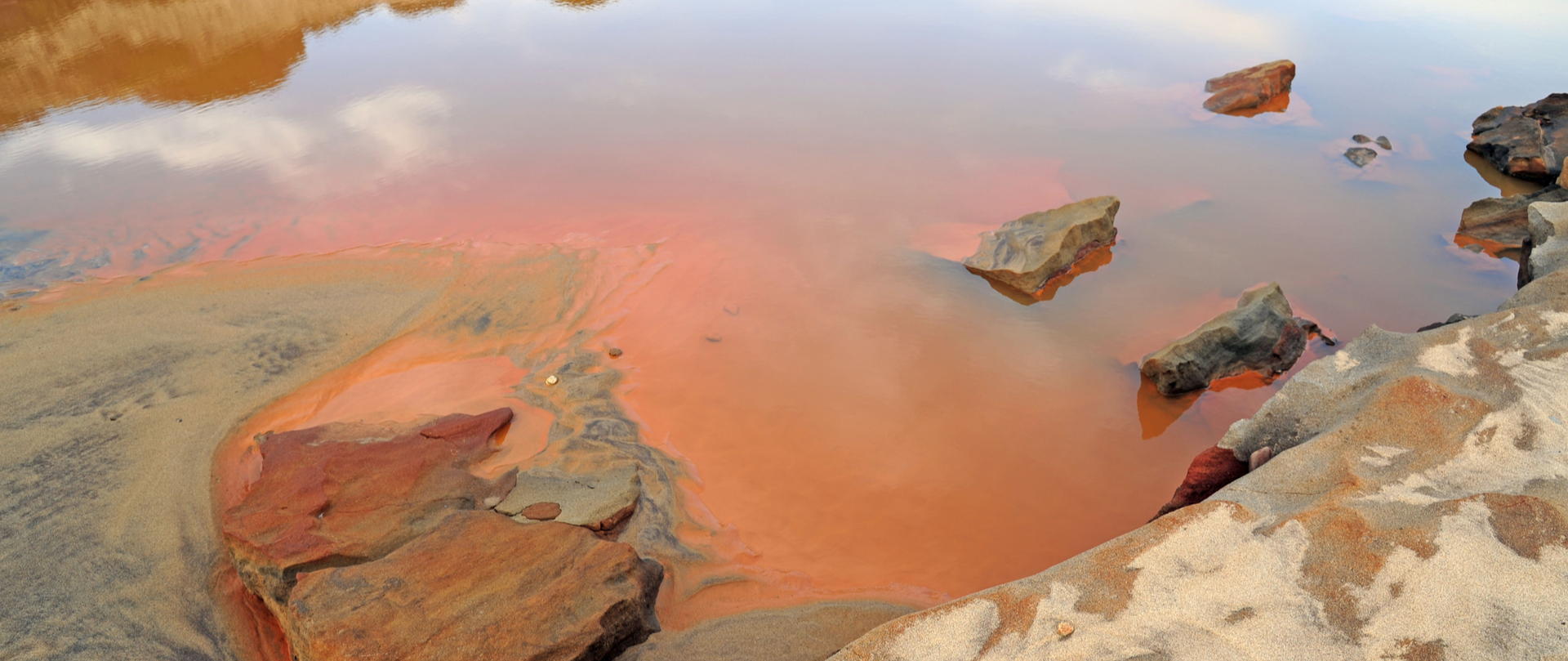
Groundwater is sampled to determine the quality and chemistry of the water in an aquifer or saturated zone. This information can be used to determine the suitability of the water as a potable water source or to identify the presence and extent of contamination that may have occurred through industrial activities such as manufacturing or waste disposal.
Sampling methods can vary based on factors such as well/borehole depth, water depth, and how much water the well can easily produce. Today, the most common method of collecting groundwater samples is low-flow purging and sampling, where a well is pumped slowly until the water chemistry stabilizes, greatly reducing the volume of water that needs to be purged prior to sampling. Passive sampling, while less common than low-flow sampling, is a proven alternative to well purging for most wells and is both the easiest and most accurate way to collect a representative sample from low-yield wells.
A groundwater monitoring program might be conducted to determine the usability of an aquifer for public consumption, or it may be done in compliance with various environmental regulations to assure that groundwater resources are not polluted. It may also be used to measure the success of a remediation program to use previously contaminated lands for beneficial purposes, known as brownfield projects.
Groundwater samples are collected from monitoring wells or boreholes that are installed using drilling rigs or direct-push rigs. To collect samples, pumping systems are commonly installed in wells, either temporarily as is “portable pumps” or for long-term use as in “dedicated pumps” and the wells are pumped to refresh the water in the borehole before collecting samples in bottles for laboratory analysis. As an alternative to pumping, passive sampling systems can be deployed in a well or borehole. Passive sampling eliminates the need to pump the well to refresh it prior to sample collection.
Sampling methods can vary based on factors such as well/borehole depth, water depth, and how much water the well can easily produce. Today, the most common method of collecting groundwater samples is low-flow purging and sampling, where a well is pumped slowly until the water chemistry stabilizes, greatly reducing the volume of water that needs to be purged prior to sampling. Passive sampling, while less common than low-flow sampling, is a proven alternative to well purging for most wells and is both the easiest and most accurate way to collect a representative sample from low-yield wells.
A groundwater monitoring program might be conducted to determine the usability of an aquifer for public consumption, or it may be done in compliance with various environmental regulations to assure that groundwater resources are not polluted. It may also be used to measure the success of a remediation program to use previously contaminated lands for beneficial purposes, known as brownfield projects.
Groundwater samples are collected from monitoring wells or boreholes that are installed using drilling rigs or direct-push rigs. To collect samples, pumping systems are commonly installed in wells, either temporarily as is “portable pumps” or for long-term use as in “dedicated pumps” and the wells are pumped to refresh the water in the borehole before collecting samples in bottles for laboratory analysis. As an alternative to pumping, passive sampling systems can be deployed in a well or borehole. Passive sampling eliminates the need to pump the well to refresh it prior to sample collection.
Groundwater is a resource that people rely on daily for drinking water, refilling lakes and rivers, industrial processes, agriculture and much more.
Read more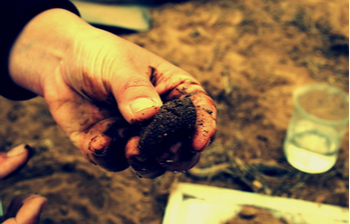
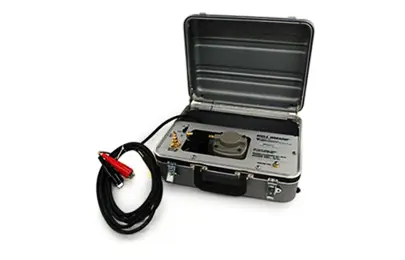
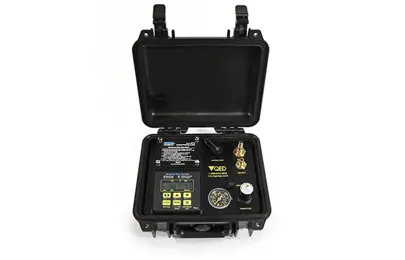
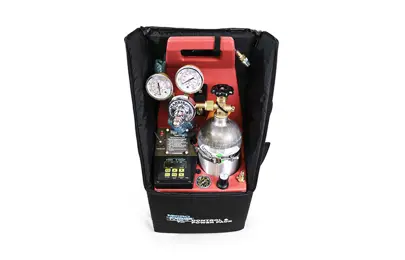
Ready to take control of your environmental monitoring? Get in touch with QED today.